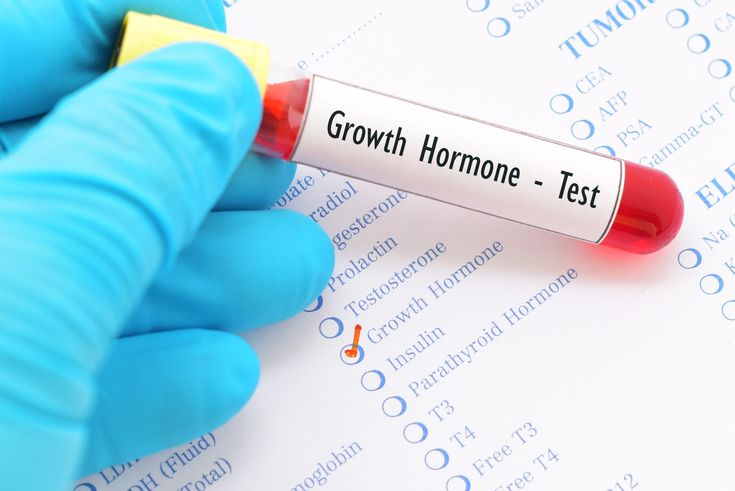Ipamorelin and CJC-1295 are peptides that have been widely used in hormone therapy for their ability to increase growth hormone (GH) secretion. By stimulating GH release, they have been associated with benefits such as improved body composition (more muscle, less fat) and better overall well-being. For a time, they became popular alternatives to earlier growth hormone–releasing peptides (GHRPs) like GHRP-2 and GHRP-6, especially as regulatory scrutiny increased around those older compounds.
Background: From GHRP-2 / GHRP-6 to Ipamorelin & CJC-1295
GHRP-2 and GHRP-6 were among the first peptides used to enhance growth hormone release. Over time, concerns emerged regarding:
-
Side effects
-
Potential for misuse
-
Limited long-term safety data
As a result, the FDA and other regulatory bodies began to scrutinize these peptides more closely. In response, the medical community and compounding space shifted toward alternatives with a perceived improved safety profile:
-
Ipamorelin – a more selective growth hormone secretagogue
-
CJC-1295 – a growth hormone-releasing hormone (GHRH) analog
These compounds were seen as a “next generation” option, offering many of the same benefits with potentially fewer side effects.
Regulatory Shift: Discontinuation of Ipamorelin and CJC-1295
With the FDA’s decision to restrict or discontinue the use of Ipamorelin and CJC-1295 in many compounding settings, the landscape of peptide therapy has shifted again. Clinicians and patients who relied on these peptides are now looking for options that:
-
Provide similar benefits
-
Have a clear scientific rationale
-
Fit within current regulatory frameworks
This has led to increased interest in other growth hormone–related peptides, such as Tesamorelin and Hexarelin.
Tesamorelin: GHRH Analog with Strong Metabolic Effects
Tesamorelin is a synthetic analog of growth hormone–releasing hormone (GHRH). It is designed to stimulate the pituitary gland to release more growth hormone.
Key potential benefits:
-
Reduction of visceral abdominal fat
-
Particularly useful in patients with stubborn central fat that is resistant to diet and exercise
-
Metabolic and cardiovascular support
-
May help improve lipid profiles
-
Potentially beneficial for cardiometabolic health
-
Possible cognitive benefits
-
Emerging data suggest improved cognitive function in some populations, which can be especially relevant for aging patients
By enhancing endogenous GH release rather than providing direct GH, Tesamorelin offers a targeted way to influence fat distribution and metabolic health.
Hexarelin: Potent GH-Releasing Peptide
Hexarelin is another peptide within the GHRP family, known for strong GH-releasing properties.
Key potential benefits:
-
Muscle growth and strength
-
Supports improved body composition and physical performance
-
Fat reduction
-
May aid in decreasing body fat alongside appropriate nutrition and training
-
Tissue and joint support
-
Can support joint and tissue repair and recovery
-
Possible cardioprotective effects
-
Some data suggest beneficial effects on cardiovascular function
-
Additional systemic effects
-
Improved skin elasticity
-
Enhanced bone density
-
Better overall recovery and healing
This broad spectrum of benefits makes Hexarelin appealing in contexts where muscle, joint health, and recovery are key goals.
Mirroring the Benefits of Ipamorelin and CJC-1295
Both Tesamorelin and Hexarelin offer benefit profiles that overlap with the goals many patients had when using Ipamorelin and CJC-1295:
-
Stimulation of natural growth hormone release
-
Support for muscle growth and strength
-
Assistance with fat loss and body-composition improvement
-
Potential benefits in energy, recovery, and overall vitality
Rather than directly replacing GH, these peptides act upstream, encouraging the body’s own hormone production. This indirect approach can help avoid some of the drawbacks associated with direct growth hormone supplementation.
Evolving Peptide Therapy: Safety and Evidence First
As peptide therapy continues to evolve, the focus remains on:
-
Safety: Understanding short- and long-term risk profiles
-
Regulatory compliance: Using peptides that fit within current FDA and compounding regulations
-
Scientific support: Prioritizing treatments backed by clinical data, not just anecdotal reports
-
Individualization: Matching each patient’s treatment plan to their medical history, goals, and risk tolerance
Potential Alternatives to Ipamorelin and CJC-1295: Tesamorelin and Hexarelin
Tesamorelin and Hexarelin illustrate how newer or alternative peptides can help fill the gap left by Ipamorelin and CJC-1295. When used appropriately under qualified medical supervision, they may offer meaningful options for patients seeking improved body composition, metabolic health, and overall quality of life in a changing regulatory environment.



